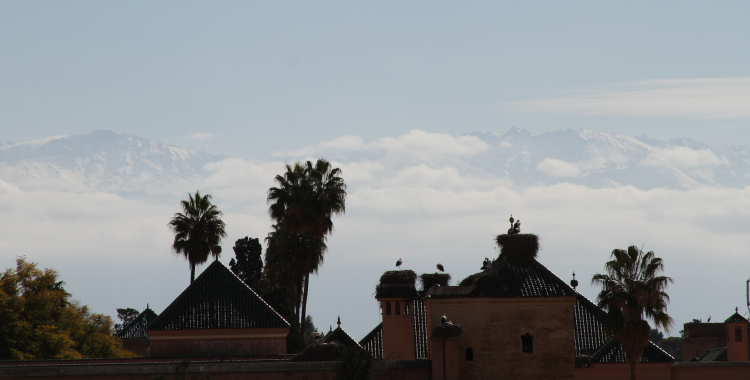These magnificent 3 foot tall birds may not be a species you have heard of, but then again, you may be wrong. If you have ever heard the panicked parent’s reply to the question “Where do babies come from?” you’ve probably at least heard reference to this iconic bird. When someone says “Storks bring babies” they are referring to the European stork.

The urban legend is believed to have been started in Germany as the storks would migrate out of Europe for about nine months and then return to lay a clutch of 3-5 eggs, which incubates for 33 days before hatching. Despite their popularity in urban legend, along with the fact that many people encouraged these birds to nest on their rooftops as they believed them a sign of coming prosperity, the storks numbers have decreased drastically over the last 100 years.
These birds tend to nest in small groups in urban areas, often utilizing rooftops, towers, telephone-poles or even just high walls. This grouping, along with their large size has made them an easy target for hunters.
I recently went on a trip to Marrakech, Morocco where I had the chance to see these birds for the first time in the wild.
While walking down the streets of the old city a faint clack clack clack could be heard over the roar of the traffic and the merchants. For being such a faint sound it had a way of resonating down to your core. When I finally looked up I saw that on almost every rooftop was nest after nest with birds performing beautiful courtship displays.
My first night in Marrakech my friend and fellow primatologist, Averee, ate on a rooftop near the Palais Badia. From here we not only were able to secure a decent bottle of Moroccan wine, but also enjoy the storks and their dances as we watched the sun go down on our first day in Africa.
From there on out the storks were a fixed piece of scenery across the city. They frequented the high and thick walls of the Palais Badia and Palai Bahia, and statues of the birds could be found in the craftsman’s stalls in the various souks.
These incredibly adaptable storks are opportunistic feeders who will eat anything from insects, frogs, to snakes, and even other birds. They tend to congregate around bodies of water and have even been known to hunt fish and crustaceans.




Reblogged this on From Iowa to International and commented:
The storks were my favorite bit of wildlife we saw in Marrakech, rivaled only by the multitudes of friendly stray cats.
This is so cool. Kid travelers love info like this!